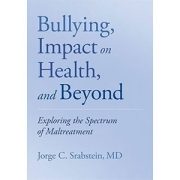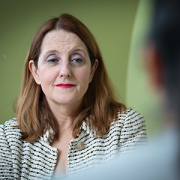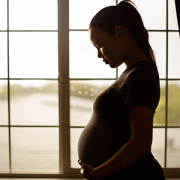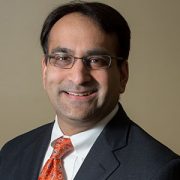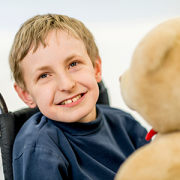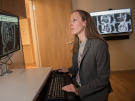Autism Center of Excellence finds tools to avoid late diagnosis of women, others

Longitudinal data shows that girls and women are the most likely to be misdiagnosed or missed using traditional methods of assessment for autism.
The National Institute of Mental Health awarded $12.5 million to three institutions, including Children’s National Hospital, to become an Autism Center of Excellence. The goal of the research is to help autistic adolescents and adults receive timely and appropriate services and supports to improve overall outcomes. It is co-led by Lauren Kenworthy, Ph.D., at the Center for Autism Spectrum Disorders at Children’s National, Kevin Pelphrey, Ph.D., at the University of Virginia, and Allison Jack, Ph.D., from George Mason University,
The research will focus on developing screeners to identify people for autism assessment who traditionally have a high risk of a late or missed diagnosis.
Why it matters
Late or missed diagnosis puts people with autism spectrum disorder at greater risk for depression, anxiety and self-harm. It can also prevent access to supports through schools or other community organizations. Some people are misdiagnosed with other mental health conditions such as bipolar or borderline personality disorder leading to inappropriate treatments.
Longitudinal data shows that girls and women are the most likely to be misdiagnosed or missed using traditional methods of assessment for autism.
The hold-up in the field
There are two big reasons why truly autistic people fail to be identified. First, previous work to understand and diagnose autistic people was done based on data from mostly white, young, male participants. The tools do a very good job identifying autism that presents similarly to those study participants.
Kenworthy says the research community took a very long time (too long, perhaps) to recognize that many people with autism have a wide range of experiences both positive and negative that can inform diagnosis.
This relates to the second big hold-up in the field: that researchers have also been slow to recognize the importance of listening to the experiences of autistic people. Dr. Kenworthy says that for years, clinicians have known that diagnosing anxiety means asking the person how they feel inside. That same approach was rarely used with autistic people. “We need to listen to the people who are experiencing this or we are going to miss a lot,” she points out.
What’s next
The new Autism Center of Excellence has three main aims for the 5 years of funding.
- Collect large amounts of behavioral and cognitive phenotyping data
- Conduct qualitative interviews with autistic people using those data
- Validate the development of the Self-Assessment of Autistic Traits — a tool that seeks to do a better job accelerating identification of people who need to be assessed for autism spectrum disorders but don’t necessarily meet the criteria of the current screeners.
Children’s National leads the way
This collaboration continues previous work the Center for Autism Spectrum Disorders has done with neuroimagers including Pelphrey and Jack to understand how autism and autism interventions affect the brain and builds on it by adding the experience of researchers from the autistic community.
The neuroimaging teams will use technology such as functional magnetic resonance imaging (fMRI), data analysis and genetic tools to find biomarkers and phenotypes that reflect what is learned from people with autism who experienced a missed or late diagnosis.
The end result will be a validated tool developed with people who experience autism, that gives people with autism, clinicians and researchers a unique new tool for identifying autistic strengths and challenges.
Kenworthy says it’s the two pieces coming together that will be the game-changer. “The technology, the biomarkers and phenotypes are really important, but aren’t meaningful until we understand how that maps onto the lived experience of autism.”




